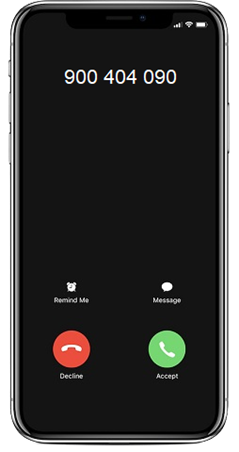SIM SWAPPING
SIM swapping is a type of fraud that involves obtaining a duplicate of the victim's SIM card in order to gain control of the communications on their mobile phone. To do this, cybercriminals obtain personal and confidential information from the victim, usually through social engineering techniques such as Phishing, Smishing or Vishing, in order to impersonate your identity and contact your phone company to provide you with a duplicate of the SIM card. In some cases, it is even possible to obtain this SIM card by transferring the line to another telephone company.
Once the cybercriminal has the new SIM card in his/her possession and activates it, he/she already has full control of the communications of that telephone line and can receive and make calls and read or send text messages. On the other hand, the victim will lose their phone access and coverage when their SIM card is automatically deactivated.
At this time, the cybercriminal will take control of the victim's Online Banking using the verification SMS that financial institutions usually send to their customers' mobile phones.


